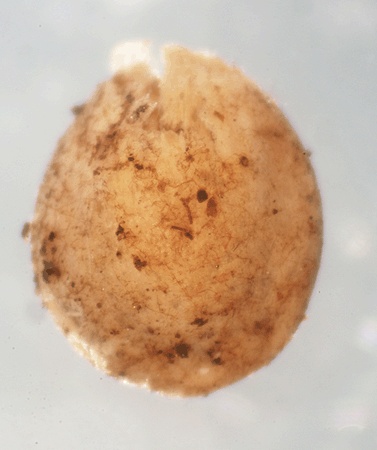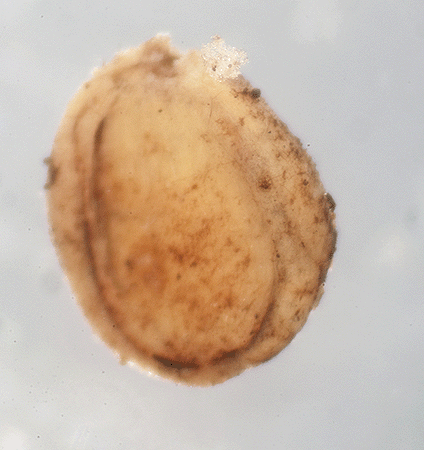Phylum Mollusca in the Christopher B. Smith Preserve
Phylum Mollusca Characteristics: Phylum Mollusca is a very large phylum of aquatic and terrestrial invertebrate animals. Some mollusks have shells and other do not. Most have eyes; all have sensory organs that detect chemicals, vibrations, and touch. An unusual characteristic of mollusks is they have organs with multiple functions. For example, the heart and nephridia (kidney) are organs for circulation, excretion, and reproduction.
There are 85,000 living species, divided into 8 classes; two additional classes are extinct. Only one class, Gastropoda (snails and slugs,) is found at the Smith Preserve. Two species of terrestrial gastropods and one species of aquatic gastropod have been found.
Interactions in the Smith Preserve: Since mollusks eat detritus (tiny bits of decaying plants and organisms), they help clean their surroundings and recycle nutrients. Mollusks are an important part of the food chain, providing food for fish, small mammals, and birds. They also serve as intermediate hosts of animal parasites including worms and protozoa.

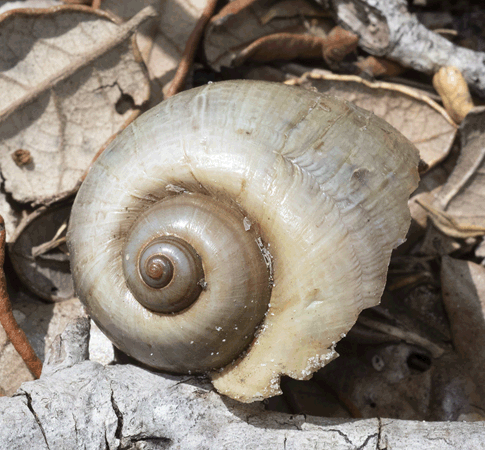
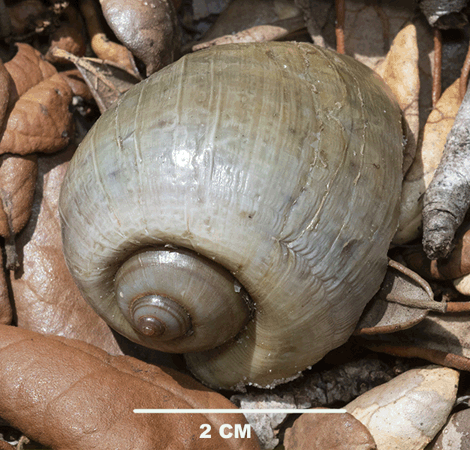
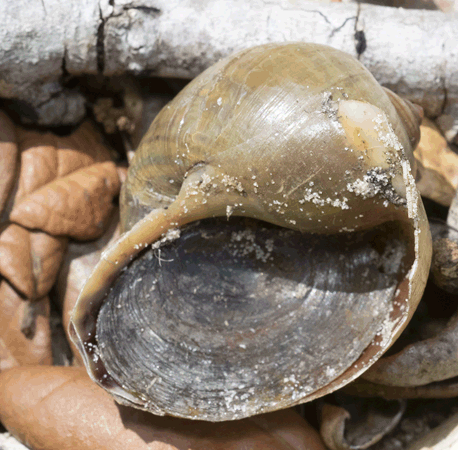
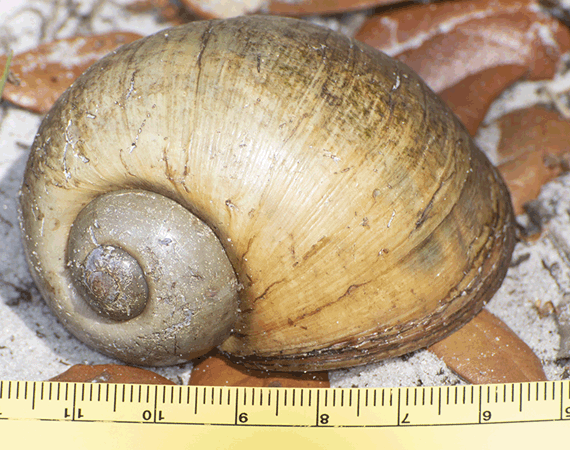 On the berm of the creek that runs along the north border of the Preserve, an empty apple snail shell, shown at right, was found. The ruler shows that this specimen was about 6 cm in length.
On the berm of the creek that runs along the north border of the Preserve, an empty apple snail shell, shown at right, was found. The ruler shows that this specimen was about 6 cm in length. 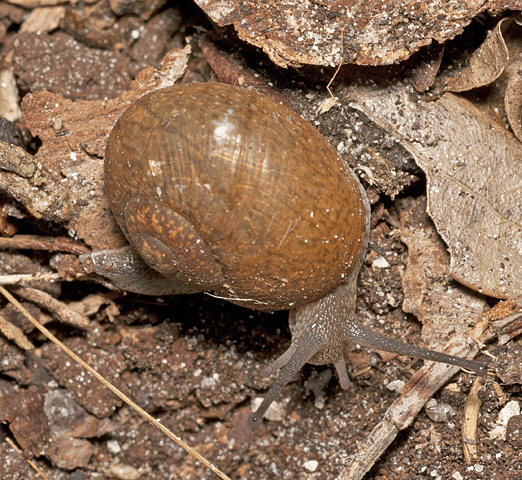
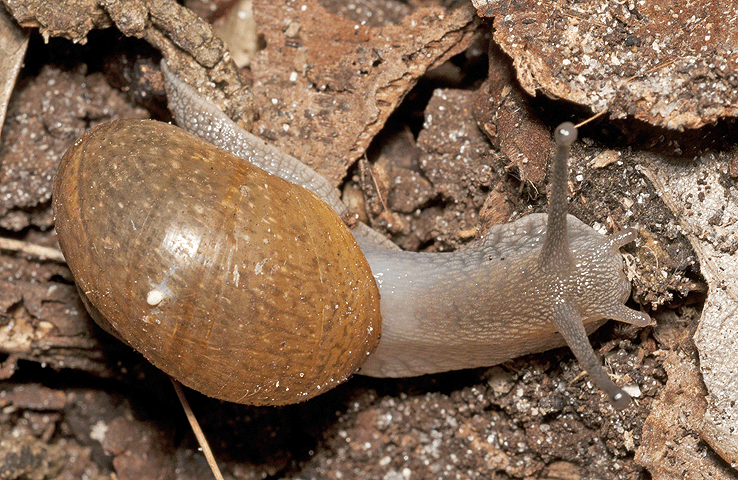
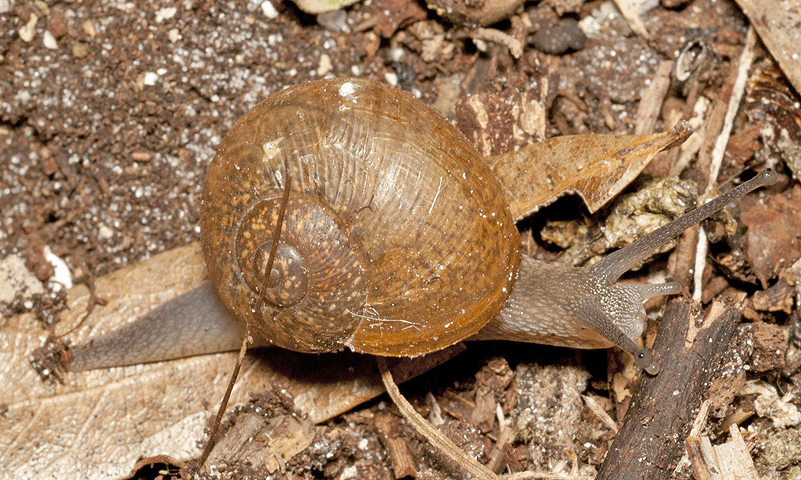
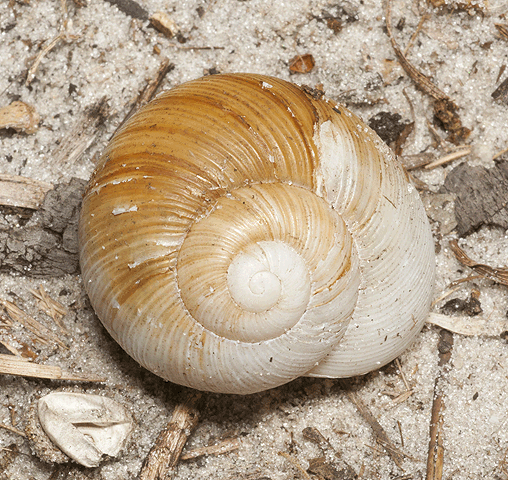
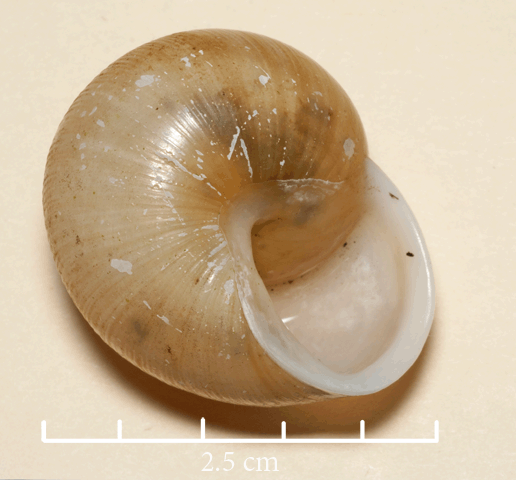

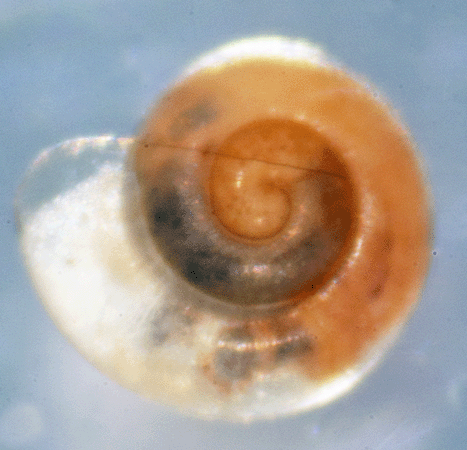
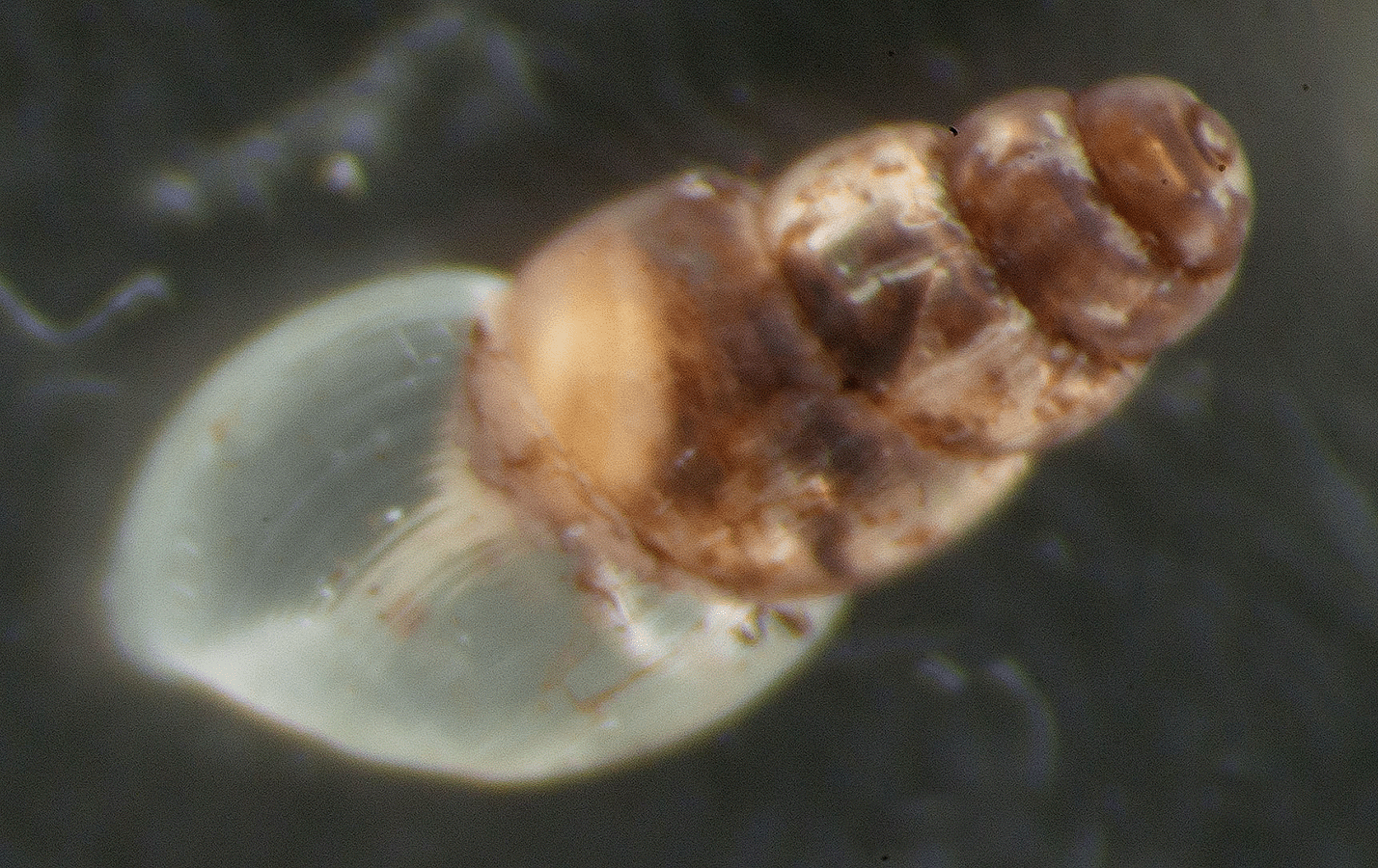
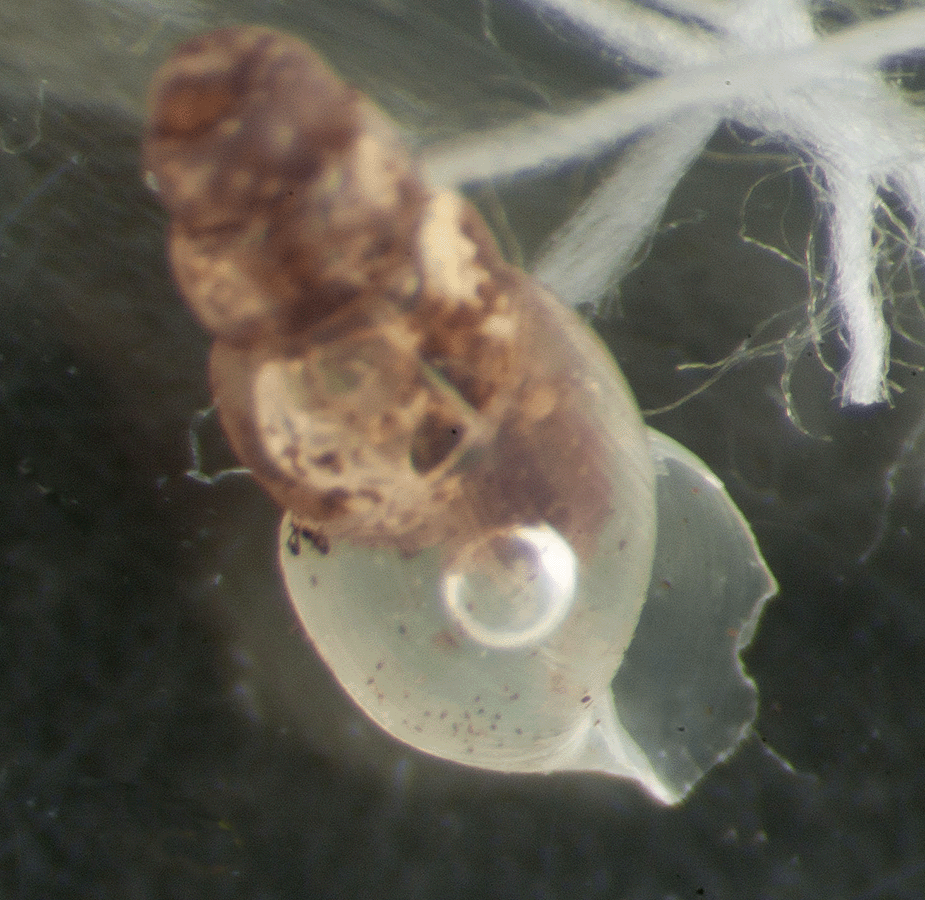
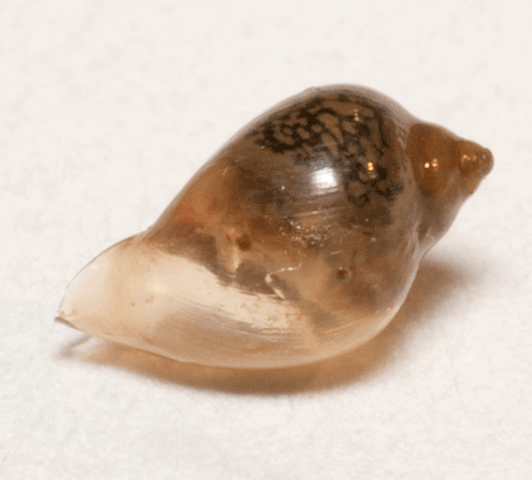 This specimen was collected with a net in the Smith Preserve pond on November 19, 2013. Identification was determined by using the online website "An Identification Manual For The Freshwater Snails of Florida," by Fred G. Thompson, Curator of Malacology, Florida Museum of Natural History, University of Florida, Gainesville, Florida, 32611-7800.
This specimen was collected with a net in the Smith Preserve pond on November 19, 2013. Identification was determined by using the online website "An Identification Manual For The Freshwater Snails of Florida," by Fred G. Thompson, Curator of Malacology, Florida Museum of Natural History, University of Florida, Gainesville, Florida, 32611-7800.